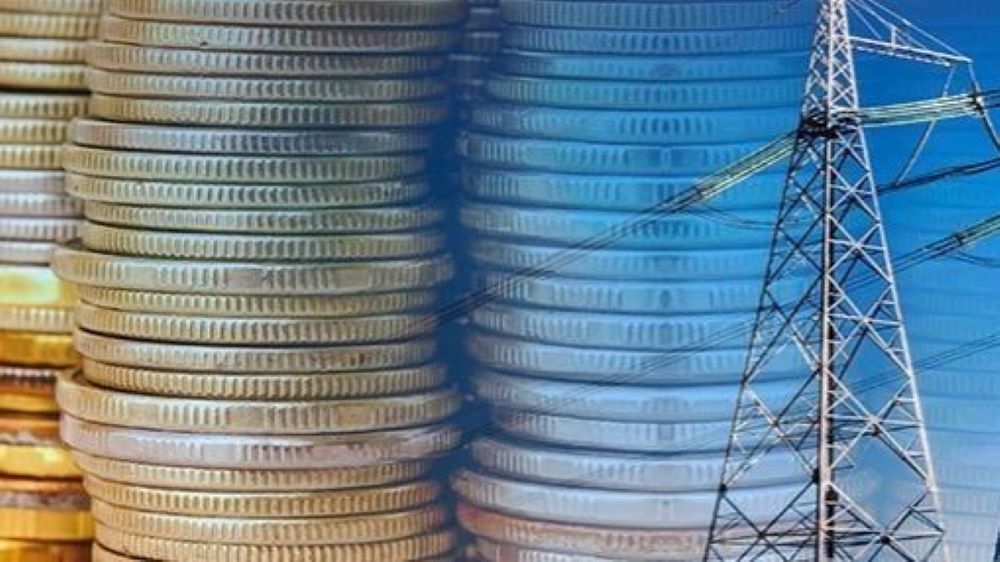The Albanian government has activated the project for the construction of the Skavicë hydropower plant, the largest since the 1970s, which, in addition to increasing energy production by 20%, will be a regulator for the other basins of the Drin Cascade.

Blerina Hoxha
The energy crisis forced the government of Albania to establish energy tariffs with two consumption bands. Up to 800 kilowatts, one kilowatt will be sold at a price of 9.5 Lek (7.5 cents) and above this level at a market price of 42 Lek (34 cents). The Energy Regulatory Authority decided to apply this temporary measure from October 1 to December 31, 2022, but Prime Minister Edi Rama is trying to postpone the application to the beginning of November depending on the rainfall and the price performance in the stock markets.
The application of the tariff with two bands for a period of three months generates about 1.8 billion lek (15 million euros) of additional income according to the calculations of the Energy Distribution Operator (EDO). This amount will be accumulated in about 80 thousand families that consume over 800 kilowatts per month. The government and EDO hope that this measure, more than generating additional income, will encourage energy saving throughout the winter.
In October of last year, the government of Albania declared a state of emergency for the supply of electricity. The emergency situation entitles the Energy Regulatory Body to review prices periodically depending on the fluctuation of production from energy sources and changes in energy price markets.
Domestic energy production is dominated 99% by hydropower plants and the volumes are entirely dependent on rainfall and good management of the water reserve. Efforts to diversify energy production with solar plants are not yielding results.
During the 8th month of 2022, consumption reached 5.5 million kilowatts, 83% of which was produced locally and 13% from imports.
By the end of July, Albania spent about 235 million euros on energy imports, but this amount could reach about 400 million euros by the end of the year according to the projections of the Ministry of Finance.
Official data show that during January-July 2022, domestic energy production reached 4.6 million Megawatt/hours, of which 52.6 percent was produced by public companies and about 47 percent by private energy producers, who sell to public operator production with regulated prices.
Albania still has room to increase efficiency in the energy sector. The level of losses during the 8th month of 2022 was as much as 19% of the total energy consumption. The highest regional level.
Also, public entities and especially public water supply companies do not regularly pay for energy. The Regulatory Body announced that at the end of August, the stock of these obligations to EDO reached about 23 billion ALL (190 million euros), with a 20% expansion from the end of 2021. In the last 10 years, the debt of public entities to the Operator of Distribution has doubled.
Albania is in the middle of a process for the liberalization of the energy market.
This year, to cope with the crisis, the government has rented two floating power plants (ships), which meet less than 5% of the annual energy demand. Environmental associations disagree because of the damage to the environment and the high cost of energy production.
The Albanian government has activated the project for the construction of the Skavicë hydropower plant, which, in addition to increasing energy production by 20%, will be a regulator for the other basins of the Drin Cascade. With this project, Albania will create complete independence from imports. This HPP will cost 510 million euros and for its construction the Albanian Electricity Corporation has signed a contract with the American company Bechtel-Enka.
Blerina Hoxha has been a journalist for the economic magazine “Monitor” for nearly two decades



Leave A Comment